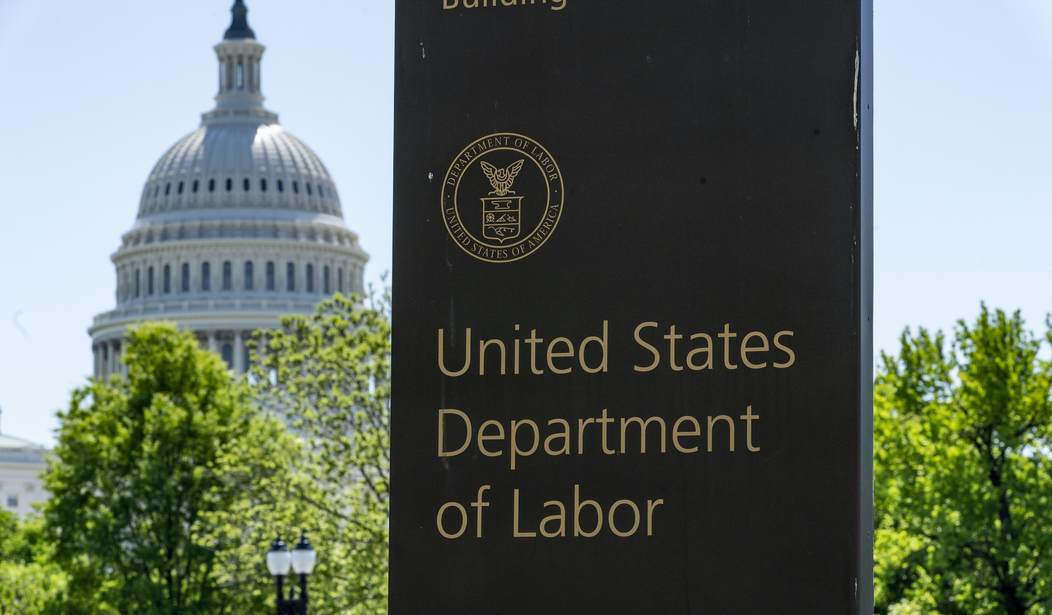Overall, the economic news is bad and getting worse. This is not unexpected, of course, as the lockdown brought our economy to a near standstill. But the latest statistics show us just how far down we’ve fallen and how far we have to go to recover.
The Gross Domestic Product for the first quarter contracted by 5 percent. That’s a little bit worse than the projection of 4.8 percent that was published last month.
The downward revision to first-quarter GDP reflected weaker investment by businesses in their inventories which was partially offset by slightly stronger consumer spending.
Economists believe the lockdowns that shut wide swaths of the economy and triggered the layoffs of millions of workers will send the GDP sinking at an annual rate of 40% in the current quarter. That would be the biggest quarterly decline on records that go back to 1947. It would be four times the size of the previous decline set back in 1958.
On the employment front, the news is equally as bad.
Workers filed 2.1 million new unemployment claims last week, the Department of Labor reported, suggesting about a quarter of the workforce is seeking jobless aid to weather the economic crisis caused by the coronavirus.
The latest figure indicates that the pandemic has pushed 40.8 million Americans out of work in just 10 weeks.
There were actually more people filing for unemployment under the special government program to help the self-employed.
DOL also reported that another 1.2 million people applied for benefits under the new temporary Pandemic Unemployment Assistance programcreated for individuals who are typically ineligible for unemployment insurance, such as self-employed workers.
With those people added, the number of claims filed last week could be as high as 3.1 million, though there could be some overlap between the new program and traditional unemployment benefits.
But there’s one, small ray of hope nestled in all these grim statistics. The number of continuing claims — people who had previously filed for unemployment and received benefits for at least a week — actually fell last month.
Continuing claims fell by more than 3 million to 21 million overall, marking the first decline in continuing claims during the pandemic. In other words, 3 million people who had previously filed unemployment claims during the pandemic — and continued receiving benefits for more than one weekly period — have reentered the workforce as multiple states, including Georgia, Florida, and Texas, have all begun the reopening process.
Could the economy rebound more forcefully than many economists (and the Federal Reserve) are saying? I would say the chances are as good as the employment picture recovering slowly and painfully.
This is an unprecedented situation and economists who predict quick or slow recovery shouldn’t be doing so. No one knows. Most projections are based on historical trends and numbers. There is no history to look at. There’s nothing in our past that would indicate how the economy will recover.
The economy was strong before the pandemic hit. Will that matter? There was full employment before the lockdown. Will that affect how labor recovers?
I don’t know and neither do economists. Trump is creating the conditions for a strong, rapid recovery by lifting the regulatory burden from many industries. Will it work?
I guess we’ll know after the November election.










Join the conversation as a VIP Member